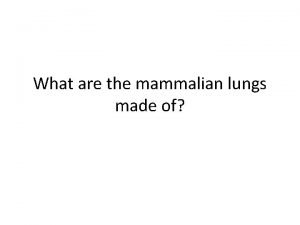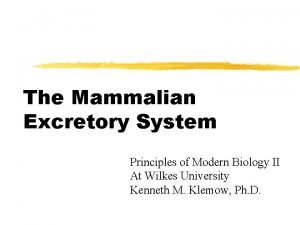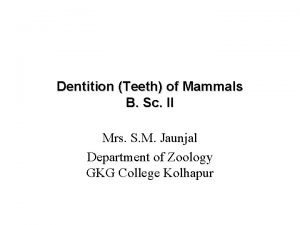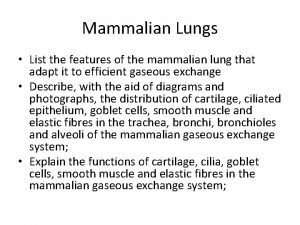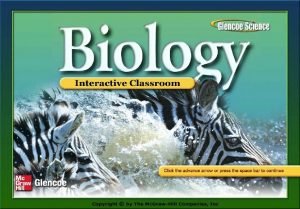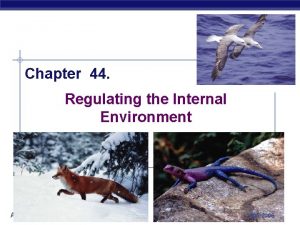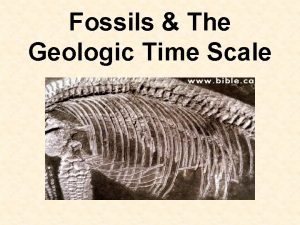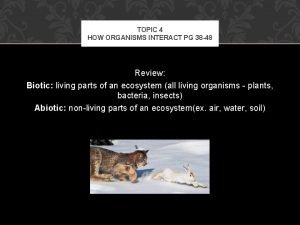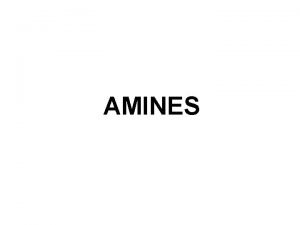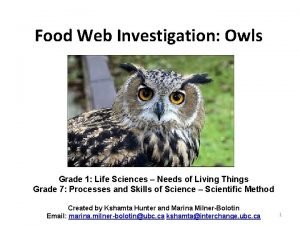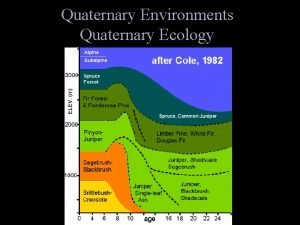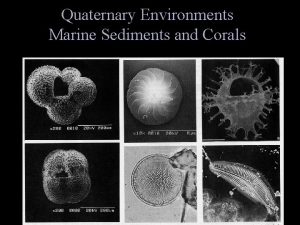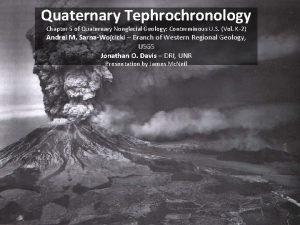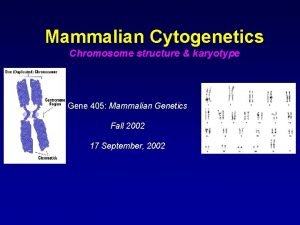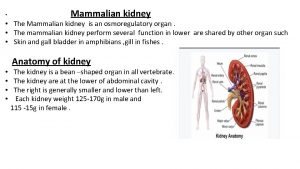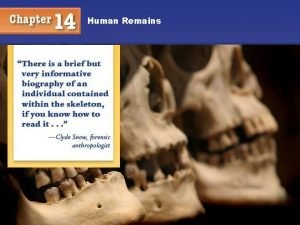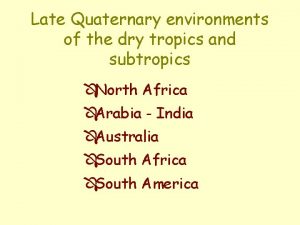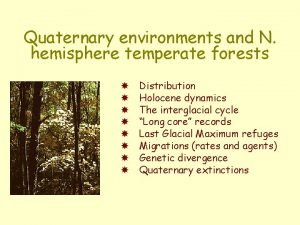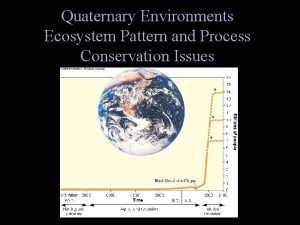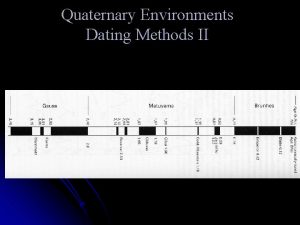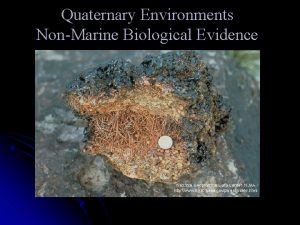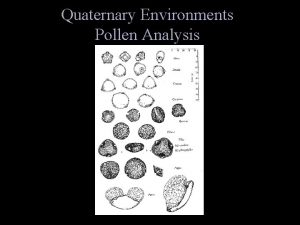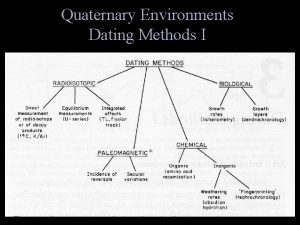Use of Mammalian Remains in Interpreting Quaternary Environments






















- Slides: 22

Use of Mammalian Remains in Interpreting Quaternary Environments Functional morphology is absolutely critical!

The Woolly Mammoth, Mammuthus primigenius, is one of the archetypical mammals of the Pleistocene megafauna. But it wasn't the ONLY North American elephant!

Then there was the American Mastodon, Mammut americanum. Just another elephant you say ?

Put 'em side by side and they look no more alike than a collie and a pit bull! (These lineages diverged in the Oligocene!) Oligocene! This is a major ecological difference - a grazer (Mammuthus) and a browser (Mamut). They occupied different habitats entirely. How do we know?

Look at the teeth! At right, a pair of mastodon molars below, mammoth. These are lineages that diverged in the Oligocene, over 20 million years ago. . . Mammuthus exilis Mammuthus columbi Mammuthus primigenius



Dima, a juvenile mammoth carcass found in Siberia ca. 1974

Archidiskodon meridionalis, the giant Siberian mammoth of the middle Pleistocene Mammuthus columbi, the Columbian mammoth, of North America




The saiga, the Mongolian steppe antelope, was also a member of the circumpolar Pleistocene mammal fauna. Aren't those tiny feet cute?

Aren't those tiny feet cute?


Smilodon, the sabre-toothed cat, is another Pleistocene animal of near-mythic proportions. This predator is the official state fossil of California.


Carnivore teeth tend to be highcrowned and three-lobe pointed, like these examples. Above, a cave bear from Siberia. Upper right, a shrew mandible fragment. At right, an extinct wild dog mandible.

Wild horses, believed to have been closely related to the Siberian wild ass (Equus przewalskii, above) were widespread and highly varied across North America. Teeth at UR are from Florida, the one to the right is Alaskan.



MOST important, most abundant, and most informative, are actually the teeth of microtine rodents - the mice, voles, lemmings, and other tiny critters. These are the most rapidly evolving group of organisms on the planet, the most widespread of mammals, and the most abundant in terms of numbers per any given area (or volume of sediment!)
 Characteristic of trachea
Characteristic of trachea Excretory organs in mammals
Excretory organs in mammals Mammalian excretory system
Mammalian excretory system Maintenance of body temperature
Maintenance of body temperature Tricodonta
Tricodonta Mammalian biomanufacturing
Mammalian biomanufacturing Mammalian dive reflex
Mammalian dive reflex Mammalian lung diagram
Mammalian lung diagram Characteristics of mammals
Characteristics of mammals Mammalian excretory system
Mammalian excretory system Chordae tendineae
Chordae tendineae Mammalian excretory system
Mammalian excretory system Interpreting graphics use with section 16.1 answers
Interpreting graphics use with section 16.1 answers Tertiary age
Tertiary age Quaternary structure of protein
Quaternary structure of protein Quaternary consumer
Quaternary consumer 4 levels of economic activity examples
4 levels of economic activity examples Secondary world geography definition
Secondary world geography definition Tertiary amine structure
Tertiary amine structure Burrowing owl food chain
Burrowing owl food chain Bisguanide
Bisguanide Advantage and disadvantage of quaternary ammonium compounds
Advantage and disadvantage of quaternary ammonium compounds Quaternary economic activity
Quaternary economic activity
